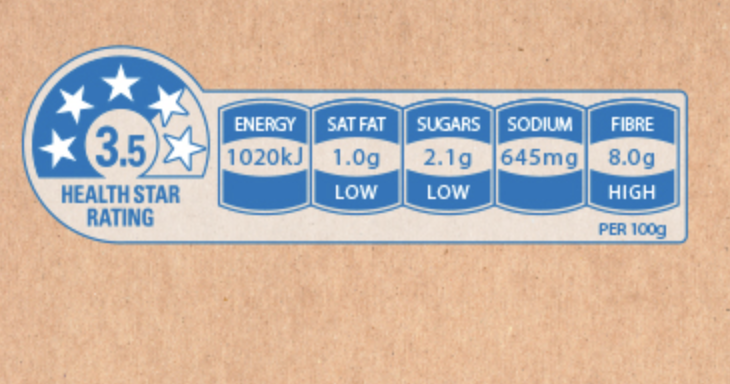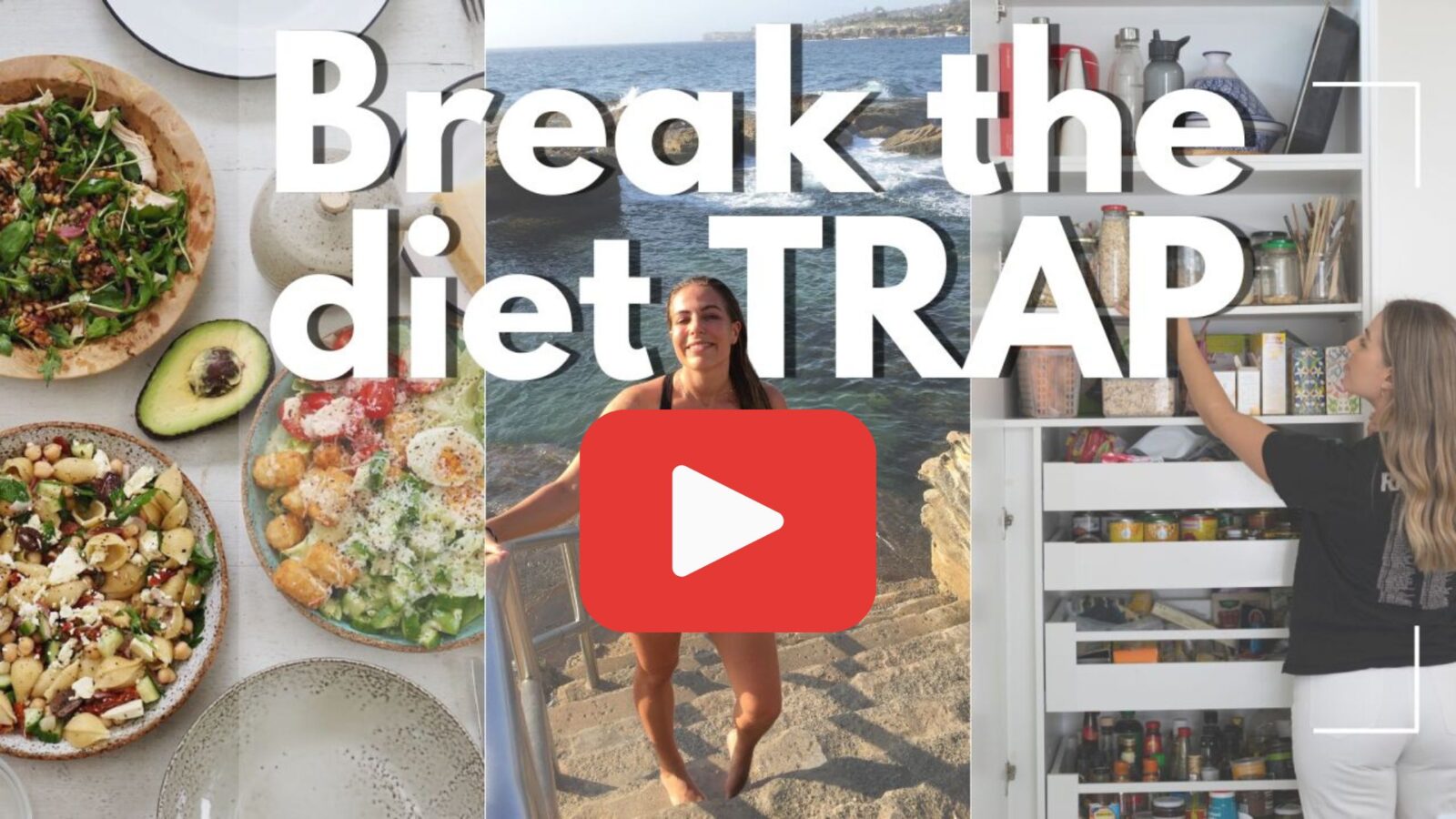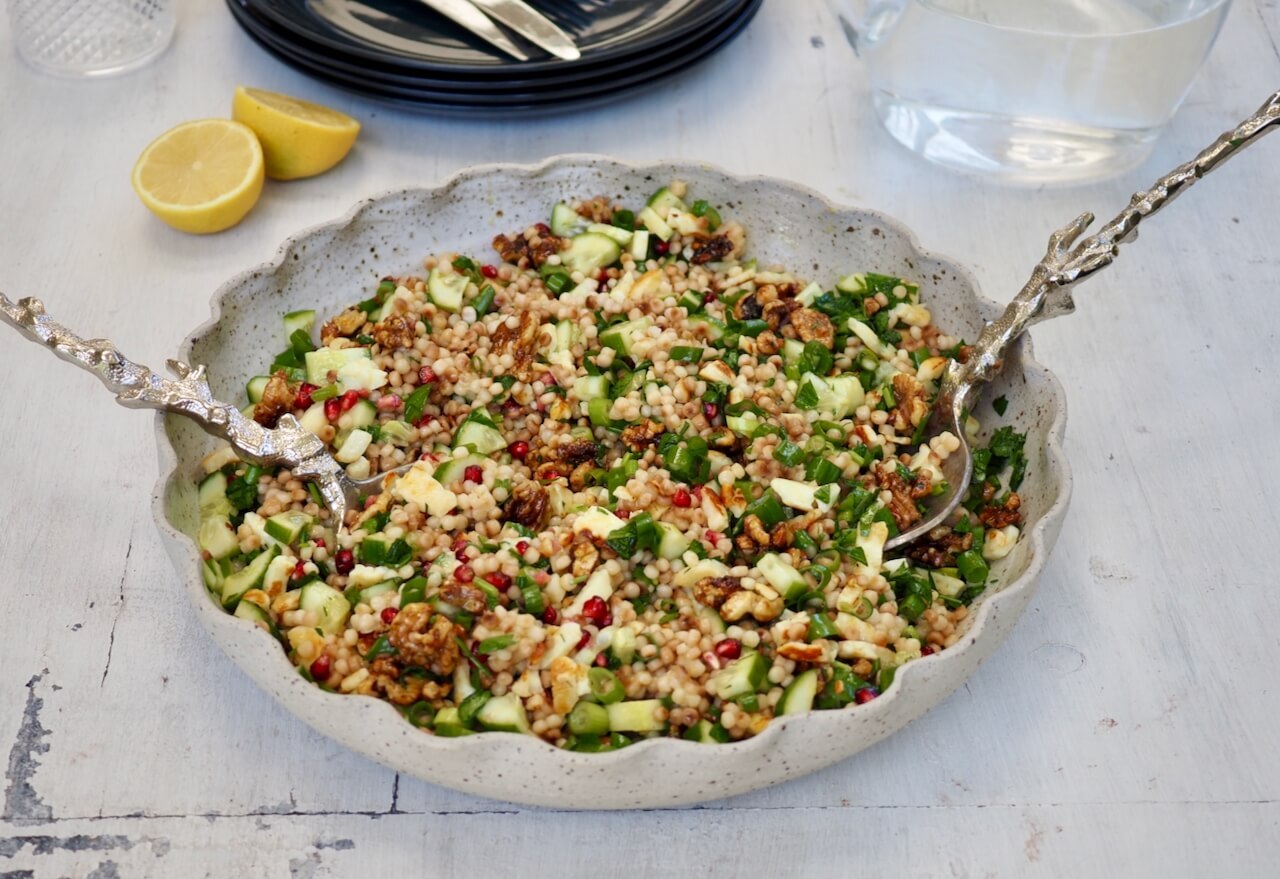There are so many different health product claims on food you pick up at the grocery store. And no surprise that with this, comes loads of misinformation.
If you’ve ever found yourself in the health food aisle, wondering:
- “Does fat-free mean it’s healthier?”
- “Should I avoid cereal or yoghurt if it has more than 10g of sugar per 100g?”
- “What’s the deal with health star rating on food?”
- “Should I be using sports drinks?”
… you’ve come to the right place.
Where does the truth lie when it comes to high-protein, low-sugar, fat-free foods. Are these ‘health’ foods worth buying? Are they really better for weight management and overall health?
Sneaky marketing
Let’s chat about health claims and how they can be very misleading.
Take marshmallows, for example. Companies can label them as “fat-free” to make them seem like a healthy choice since we often associate high fat with being unhealthy. But here’s the thing: marshmallows are basically just sugar, corn syrup, and gelatin. This doesn’t mean you should never enjoy them, but if you’re aiming for healthier options, marshmallows clearly aren’t it. (Fruit is your best bet. And no, fruit isn’t fattening).
Let’s discuss cereals such as Nutri-Grain. These cereals are low in fibre and high in sugar, and they’re often advertised as the ideal choice for athletes. And it makes sense why. They offer a quick boost of energy, which is useful if you’re burning a lot of calories through sports… and can’t eat too much fibre or your 💩 your pants.
This kind of marketing is also common with other products that promote fitness, like sports drinks, including Gatorade and Powerade. These are frequently promoted by famous athletes. However, for most people’s everyday activities, these drinks aren’t needed. You’re not losing enough electrolytes to justify it. Fun fact: a typical person loses about 200-400 milligrams of sodium per hour of exercise, which can easily be replaced by a balanced diet.
So, does that mean Nutri-Grain or Gatorade are unhealthy? Not necessarily. It depends on who you are and your lifestyle. For elite athletes, these can be healthy options, but if you have a desk job and only exercise an hour a day, you can skip the low-fibre cereal or sports drinks.
The health halo effect
Marketing can sometimes trick us into thinking products are healthier than they actually are. This sneaky tactic is known as the “health halo effect.”
For example, food labelled as “reduced-sugar,” “high-protein,” or “fat-free” might give us the impression that it’s super healthy, even when it might not be.
Remember back in the ’90s when everyone was freaking out about fat? If something didn’t have fat, it was automatically labeled as healthy. But it’s not that simple. Take those reduced-sugar and low-fat lollies for example. Sure, they might say they have 20% less sugar, but they’re still lollies at the end of the day. Putting them in fancy packaging doesn’t magically turn them into a health food.

Stop neglecting the positive nutrients
Sultana Bran is another popular cereal brand in Australia. Despite its sugar content, it also contains fibre. But because it contains more sugar than other cereals, most people assume it must not be a healthy choice.
If having a little bit of added sugar (mostly coming from sultanas in this example) means you’re more inclined to have high-fibre breakfast cereal and enjoy it – that’s brilliant!
Think about a yummy salad dressing and veggies – they’re like a perfect match, right? Well, it’s the same idea here. When it comes to any food, a lot of advice is about looking at what you shouldn’t eat – like seeing how many grams of sugar, fat or sodium there are per 100g. But what if you focus on all the healthy stuff you should be getting? Like fibre. It does amazing things for your body – it keeps your gut healthy, helps you have better bowel movements and feel good overall.
Avoiding the ‘bad’ stuff isn’t the key to being healthy. It’s about focusing on what to add to your diet too.
Understanding the Health Star rating system
In Australia, we’ve got this thing called the health star rating. Similar to those grades you see on food products in other countries. But sometimes, you look at those stars and scratch your head, like “How did this get four stars? And why doesn’t this have any stars at all?”
Here’s the deal with the health star rating: it’s not mandatory. Companies can choose whether or not to slap those stars on their products. And even if they do, the system is still in its trial phase, tweaking things here and there. Plus, different food categories have different rules for how they get rated.
The idea is to help us determine which foods are healthier options within their category. For example, if you’re choosing between muesli bars or yoghurt, the stars are supposed to guide you toward the better pick in each category.

Reading beyond the numbers
Did you know the ingredient with the highest volume comes first, and the one at the end is the smallest amount? So, for example, if you’re looking at porridge, you’d want oats to be listed first.
Now this doesn’t mean you should scrutinise the ingredient list on every packet you pick up *sigh of relief* – but understanding how it works can be useful. It helps you recognise what’s in your food.
Instead of following strict rules, see if the ingredients are familiar and make sense for the product. For instance, if you’re checking out pesto, you’d expect to see ingredients that typically go into pesto. And yes, sometimes there might be added stuff like citric acid to keep it fresh, but that’s pretty normal for shelf-stable products.
There’s this idea that we should avoid anything with numbers or chemicals. Truth is, everything is a chemical. Even probiotics, which are really good for you, have names that are hard to pronounce.
Remember, not all chemicals are harmful, and processing can enhance nutrient absorption. We’ve got this idea that nutrition has to be perfect for it to be healthy. But all this does is make healthy eating so much harder.

Portion Sizes and Serving Suggestions
Ever look at a food packet that says “serves 4”, but you’re thinking, “That’s probably just two servings”? And then you follow the recommended serving size, but you’re still hungry afterward? Instead of blaming your appetite, blame those sneaky serving sizes on the back of the pack. They’re often just marketing tricks by food companies.
Take chocolate bars, for instance, labeled as two and a half servings. But come on… who eats just half a bar? They do it to make the nutrition info look better, but it’s not realistic. So don’t sweat it. Your body knows best how much food it needs. Listen to your hunger cues, not the serving sizes.
The same goes for recipes. Sure, they give you portion sizes, but those are just estimates. We’re all different sizes with different appetites. Sometimes you’ll need more, sometimes less. Don’t stress if you’re still hungry after following a recipe. Eat until you’re satisfied, and if you need more, go for it.
And hey, if you’re cooking, maybe double the recipe to make sure there’s enough for everyone. Trial and error, you know? Adjust as you go, and you’ll figure out what works best for you.

The Superfood Spectrum
Instead of falling for clever marketing tactics and fancy packaging- listen to your gut and focus on eating a balanced diet. Remember, real health means taking care of both your body and mind, not jumping on every diet bandwagon. So, before you buy into a product promising miracles, pause, read between the lines, and pick what’s really best for your health.